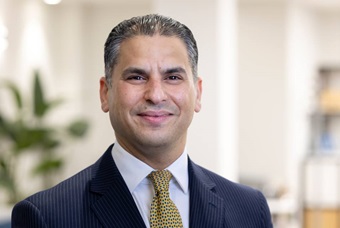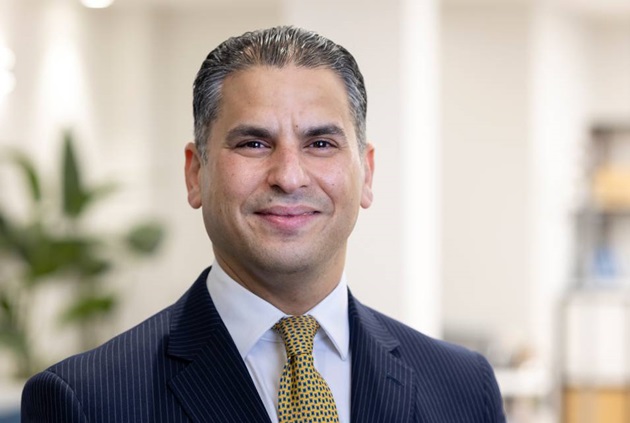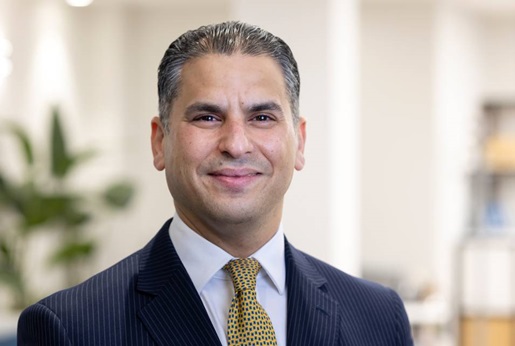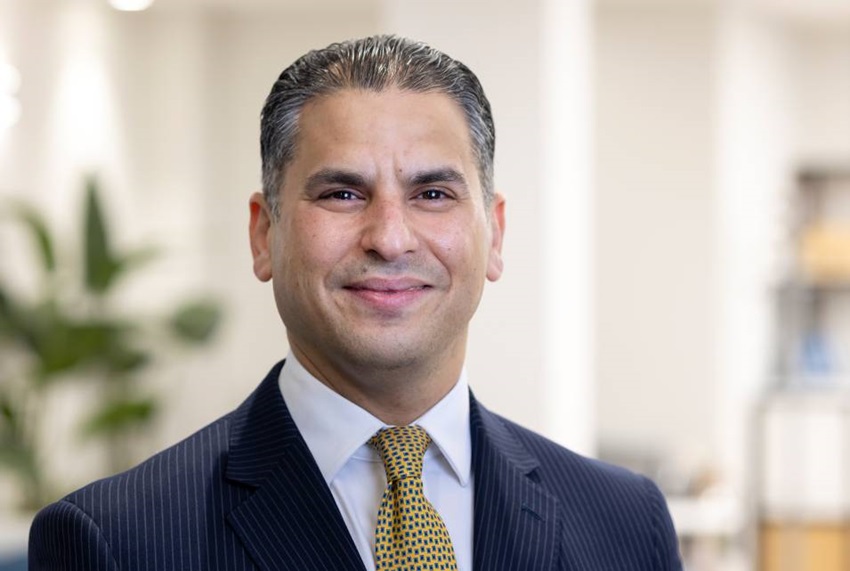Safety on the snow: A surgeon’s guide to skiing and snowboarding without injury
If you’re heading to the slopes this year, there are ways to ski and snowboard safely. We asked Mr Mazin Ibrahim, Consultant Orthopaedic Surgeon, for advice on winter sports. A specialist in knee injuries at The Princess Grace Hospital, part of HCA Healthcare UK, Mr Ibrahim sees many patients who have returned from snow sport holidays with knee injuries.
Here’s what he told us:
What are the most common knee injuries among skiers and snowboarders?
Why is that?
Because skiers have their feet well planted and twist at high speed, they have more pivoting injuries. There may be tears to the main stabilising ligament, the ACL (anterior cruciate ligament), the PCL (posterior cruciate ligament) which is the connecting ligament at the back of the knee, or the meniscus (knee cartilage). Other injuries, such as collisions, can cause very painful MCL (medial collateral ligament) tears and even bone fractures.
Snowboarders are often tempted to try more tricks, jumps and stunts, so riders can fall onto their hands, shoulders or head. It is rare but sometimes they’ll injure their knee, typically if they collide with someone or fall directly onto it, in a tumble.
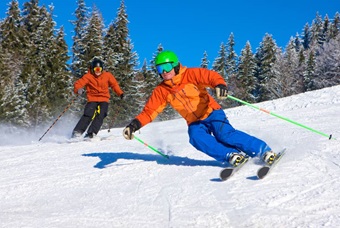

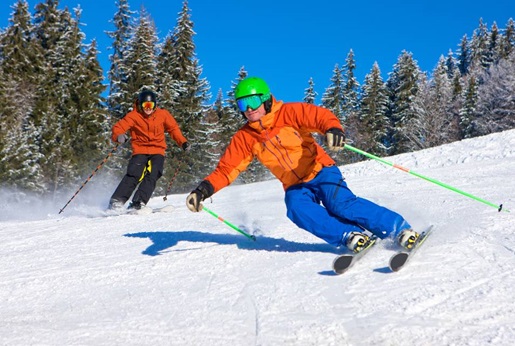
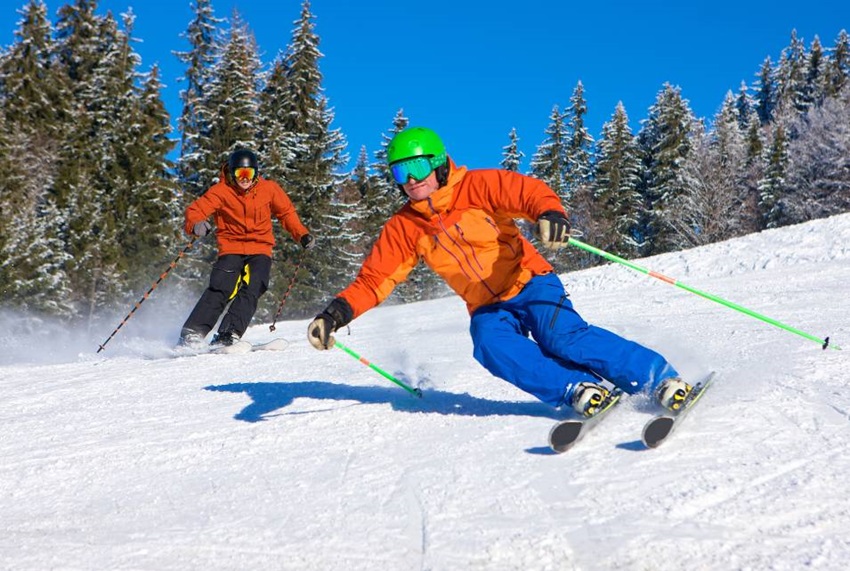
Who’s most at risk?
Beginners for sure, as well as people who don’t exercise regularly or make a habit of stretching before and after exercise. Experience makes a big difference – it’s not a good idea to try something without preparation. And with snow sports, it’s all about warming up. The trouble is beginners aren’t usually aware of the best warm up routines.
In terms of age, I see people of all ages, who just want to get straight back on the slopes. There is also some evidence that women are more liable to ACL injury than men in general.
If you injure yourself on a skiing trip, what should you do in terms of first line treatment?
When should you see a specialist on your return? What are the signs that a knee injury isn't healing?
What does a specialist assessment look like?
It's a hands-on, clinical examination of the knee and the area surrounding the joint. If the knee feels very swollen and tender and you can’t put weight on it, I will usually do an X-ray to exclude a fracture. An MRI is best to diagnose any soft tissue damage like ACL or MCL tears.
Basically, going direct to an orthopaedic surgeon fast tracks your diagnosis. If conservative or non-surgical treatment is best, I will always refer on to a physiotherapist or sports physician according to the patient’s lifestyle or goals. If surgical treatment is required, I usually schedule the operation at the earliest opportunity.
What’s the treatment for a mild injury?
What about more serious injuries?
Usually it’s the complex, multiple ligament injuries that need urgent treatment. With injuries to the ACL, MCL and meniscus, often the patient can’t straighten their knee, let alone weight bear. These ‘locked knee’ injuries need urgent surgical intervention followed by a programme of carefully managed rehabilitation.
Other problems, however, can arise from simple injuries that got missed on the X-ray. That’s why it’s a good idea to see a consultant first. Some ACL injuries require what we call ‘prehab’ – a series of conditioning exercises before surgery to improve swelling, mobility and weight bearing – followed by rehab afterwards. This can help improve outcomes by maximising the condition of the joint before surgery. Afterwards, we may need to restrict their movement with braces, to promote healing, before they go back to sports and activities.
At The Princess Grace Hospital, we all get together – surgeons, physiotherapists, sports physicians and radiologists – to discuss complex cases, especially multi-ligament injuries, and manage referrals accordingly. It's always a collaboration.
Prevention is better than cure, so what’s your recommendation to skiers?
With skiing holidays, people need to be prepared, especially beginners. You should do some classes or strength training beforehand, focusing on the hamstring and quadriceps. And then get a good helmet and knee pads or knee braces.
You could see a physiotherapist before going to check your fitness, and make sure you always warm up. If you do get injured, it’s best to get medical help sooner rather than later and an MRI as early as possible. Better still, go direct to an orthopaedic surgeon if you can.
Find out more about our services for acute injuries or to book an appointment, contact us on 020 3733 5966.
